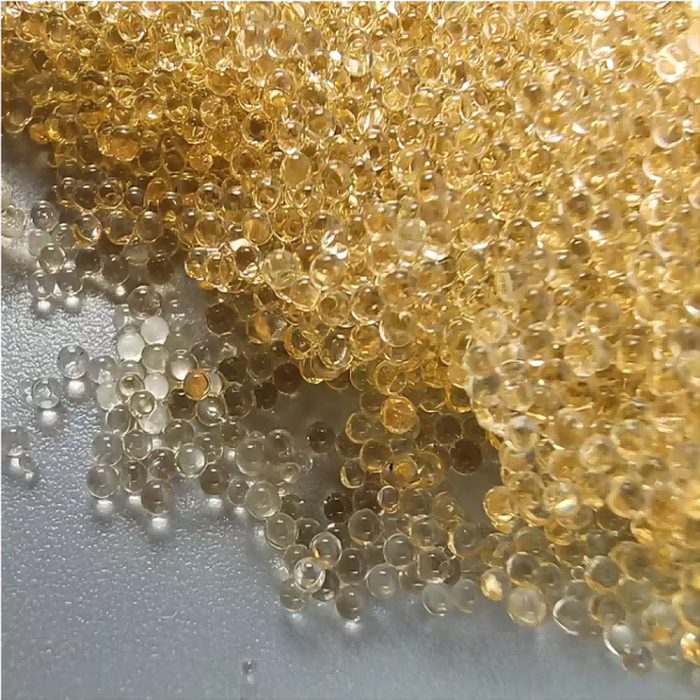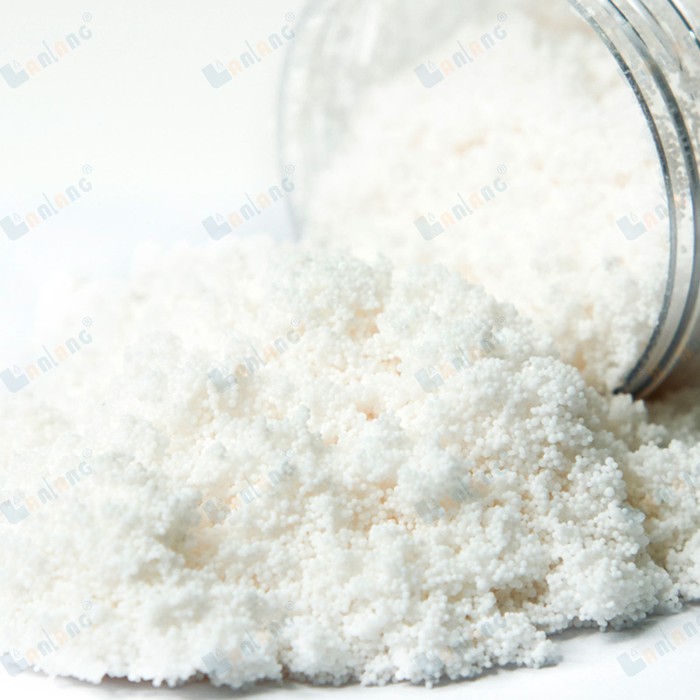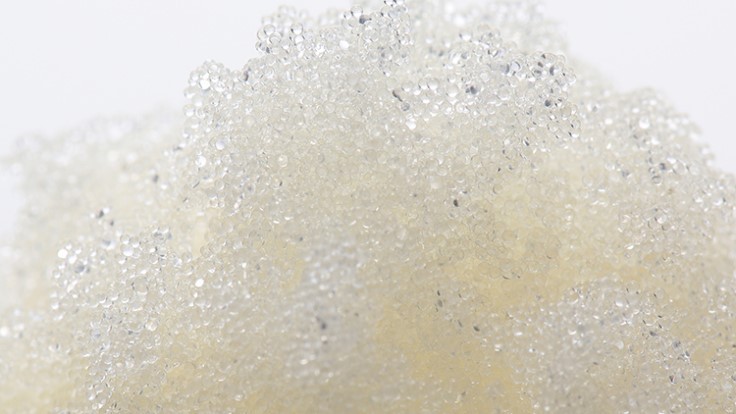Basic types of ion exchange resins

Strong acidic cationic resin
This kind of resin contains a large number of strong acidic groups, such as sulfonic acid-SO3H, which is easy to dissociate H+ in solution, so it is strongly acidic. After the dissociation of the resin, the negative electric groups contained in the body, such as SO3-, can adsorb other cations in the binding solution. These two reactions exchange H+ in the resin with the cations in the solution. The dissociation ability of strong acid resin is very strong, and it can dissociate and produce ion exchange in acidic or alkaline solutions.
After the resin is used for a period of time, it should be regenerated, that is, the ion exchange reaction is carried out in the opposite direction with chemicals, so that the functional groups of the resin can return to the original state for re-use. Such as the above cationic resin is regenerated with strong acid, at this time the resin releases the adsorbed cations, and then combines with H+ to restore the original composition.
Weakly acidic cationic resin
These resins contain weakly acidic groups, such as carboxyl -COOH, which can dissociate H+ in water and become acidic. The remaining negative electric groups after the dissociation of resin, such as r-coo -(R is the hydrocarbon group), can be adsorbed and combined with other cations in the solution, resulting in cation exchange. The acidity of this resin is weak, it is difficult to dissociate and exchange ions at low pH, and can only work in alkaline, neutral or slightly acidic solutions (such as pH5 ~ 14). These resins are also regenerated with acids (which are easier to regenerate than strongly acidic resins).


Strong basic anionic resin
This type of resin contains strong alkaline groups, such as quaternary amine (also known as quaternary amine)-NR3OH(R is a hydrocarbon group), which can dissociate OH- in water and become strongly alkaline. The positive electric groups of this resin can adsorb and bind to anions in solution, resulting in anion exchange.
This resin is very dissociative and works well at different pH values. It is regenerated with a strong base such as NaOH.
Weak basic anionic resin
These resins contain weakly alkaline groups, such as primary (also called primary) amines -NH2, secondary (secondary) amines -NHR, or tertiary (tertiary) amines -NR2, which can dissociate OH- in water and become weakly alkaline. The positive electric groups of this resin can adsorb and bind to anions in solution, resulting in anion exchange. In most cases, this resin adsorbs the entire other acid molecule in the solution. It can only work under neutral or acidic conditions (such as pH1 ~ 9). It can be regenerated by Na2CO3 and NH4OH.


